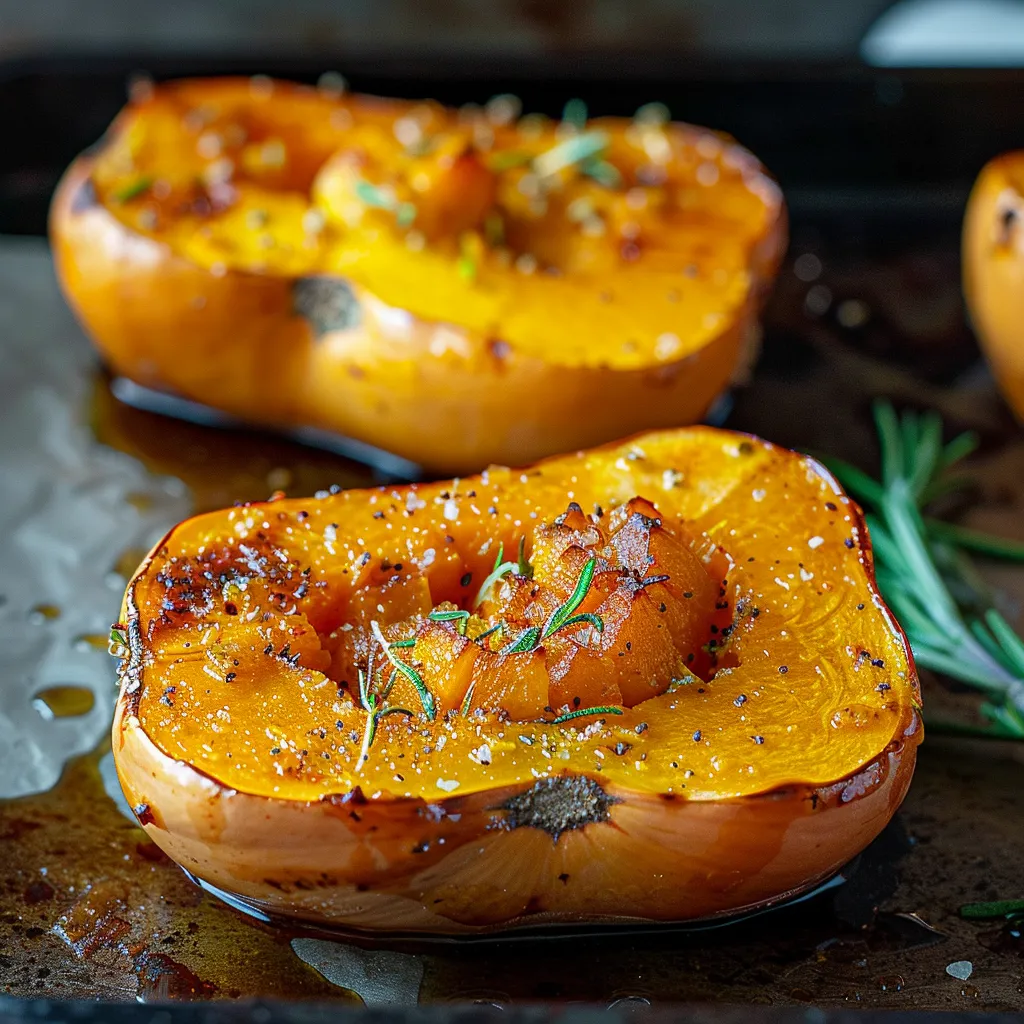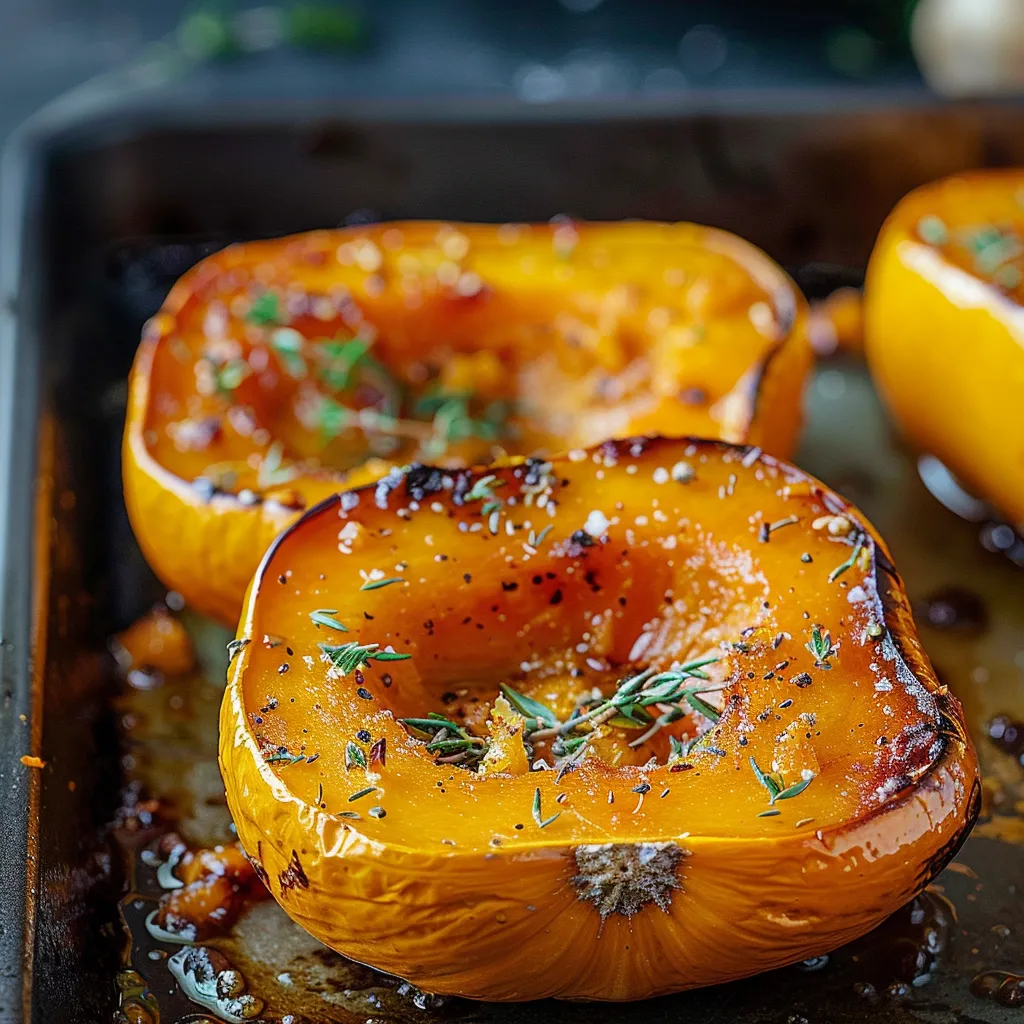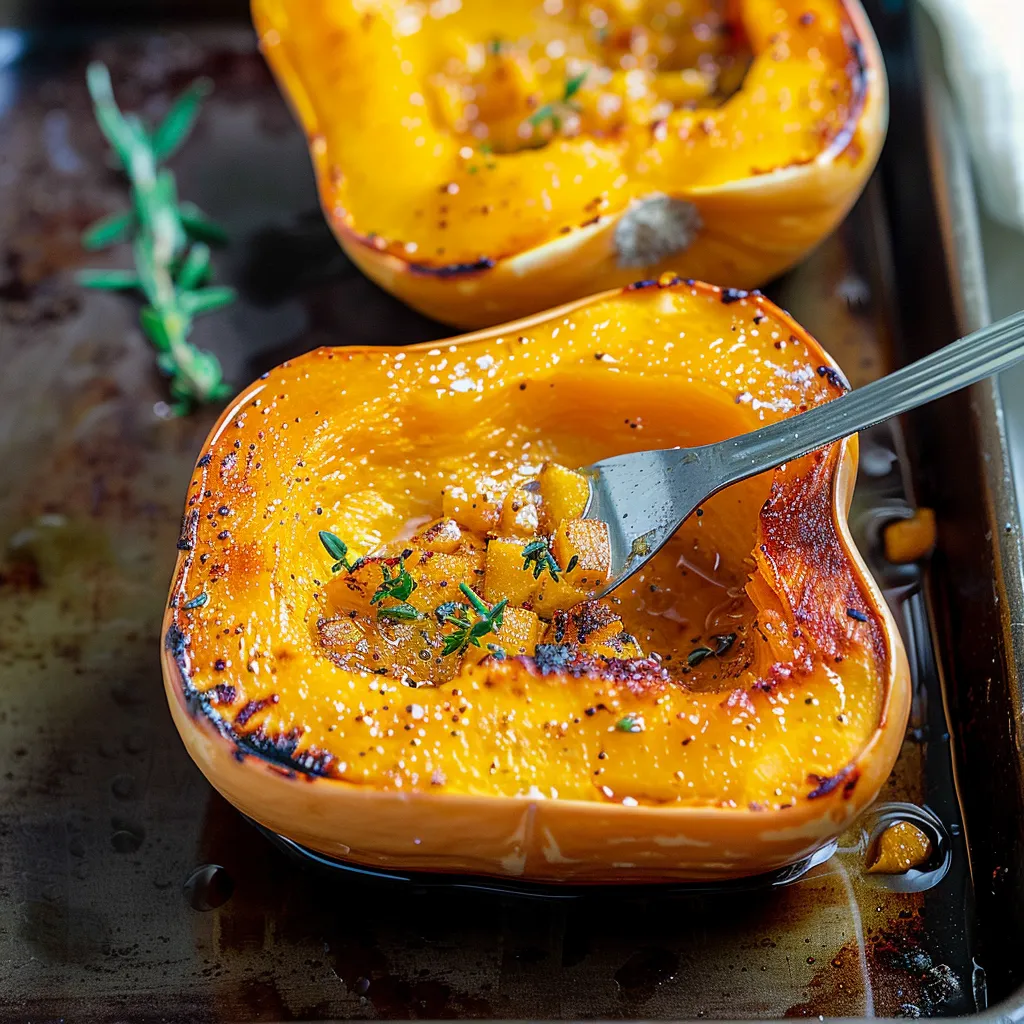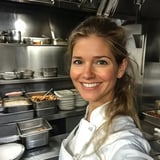 Pin it
Pin it
This butternut squash roasting method has been my secret weapon for creating countless fall dinners with minimal effort. The natural sweetness that develops during roasting transforms this humble vegetable into something truly special, and the best part is you can skip the tedious peeling step entirely.
I discovered this foolproof method years ago when I was short on time but craving homemade butternut squash soup. Now it's become my standard approach even when I have plenty of time to cook because the results are consistently perfect.
Ingredients
- Butternut squash: About 3 pounds; ideally choose one with a long neck for maximum flesh and minimal seeds
- Avocado oil: Promotes beautiful caramelization and has a neutral flavor that lets the squash shine
- Salt: Enhances the natural sweetness and brings out the squash's flavor
Step-by-Step Instructions
- Preheat Oven:
- Set your oven to 425°F which is the perfect temperature to achieve caramelization without burning. While the oven heats up gather your minimal ingredients and prepare your baking sheet with parchment paper for easy cleanup.
- Prepare the Squash:
- Cut the butternut squash lengthwise from stem to end using a sharp chef's knife. Take your time with this step as butternut squash can be quite firm. Once halved use a spoon to scrape out the seeds and stringy parts creating a clean cavity. No need to peel the skin will peel away easily after roasting.
- Season Simply:
- Drizzle about a tablespoon of avocado oil over each half ensuring you cover all exposed flesh. Use your hands to massage the oil evenly across the surface this direct contact helps create that beautiful caramelization. Sprinkle with salt focusing particularly on the cavity area where flavors concentrate during cooking.
- Roast to Perfection:
- Place the squash halves cut side down on your prepared baking sheet. This position allows the edges to caramelize beautifully while the steam trapped between the squash and the pan helps cook the flesh evenly. Roast for 40-45 minutes until you can easily pierce the thickest part with a fork and notice beautiful browning around the edges.
 Pin it
Pin it
The neck portion of the butternut squash has become my favorite part over the years. It contains no seeds and has the densest sweetest flesh which makes it perfect for purees. My daughter who once refused all vegetables now requests this roasted squash regularly which I consider a major parenting win.
Make-Ahead Options
Roasted butternut squash actually improves in flavor after sitting overnight in the refrigerator. The natural sugars continue to develop making next-day squash perfect for meal prep. I often roast several squashes on Sunday afternoon to use throughout the week in various recipes from morning oatmeal to dinner side dishes.
Creative Serving Ideas
While perfectly delicious with just salt and pepper roasted butternut squash welcomes countless flavor additions. Try drizzling with maple syrup and a sprinkle of cinnamon for a sweeter profile or add a sprinkle of cayenne and lime zest for a surprising heat contrast. For a complete meal top with toasted pepitas goat cheese and a drizzle of balsamic glaze.
Troubleshooting Tips
If your squash seems impossibly hard to cut safely microwave the whole squash for 2-3 minutes first to soften the exterior slightly. This trick has saved me much frustration especially with particularly large squashes. For those concerned about waste the seeds can be cleaned rinsed and roasted separately with spices for a nutritious snack similar to pumpkin seeds.
Storage Insights
Refrigerate leftover roasted squash in an airtight container for up to 5 days. The flavor actually deepens during storage making day-two squash particularly delicious. For longer preservation freeze in portion-sized containers for up to 3 months. When ready to use simply thaw overnight in the refrigerator and gently reheat or use cold in salads.
 Pin it
Pin it
Frequently Asked Questions
- → What is the best temperature for roasting butternut squash?
Roast butternut squash at 425°F. This temperature allows the squash to caramelize beautifully while becoming tender.
- → Do I need to peel the butternut squash before roasting?
No. Roasting the squash halves with the skin on makes it easier to scoop out the tender flesh after cooking.
- → How do I know when the squash is fully cooked?
The squash is fully cooked when the thickest part is tender, and the edges are caramelized, usually after 40-45 minutes.
- → Can I roast butternut squash in cubes instead of halves?
Yes, cut the squash into cubes, toss with oil, and roast at 400°F for 25-30 minutes, tossing halfway through.
- → How long can roasted butternut squash be stored?
Store roasted butternut squash in an airtight container in the fridge for up to 4-5 days.
